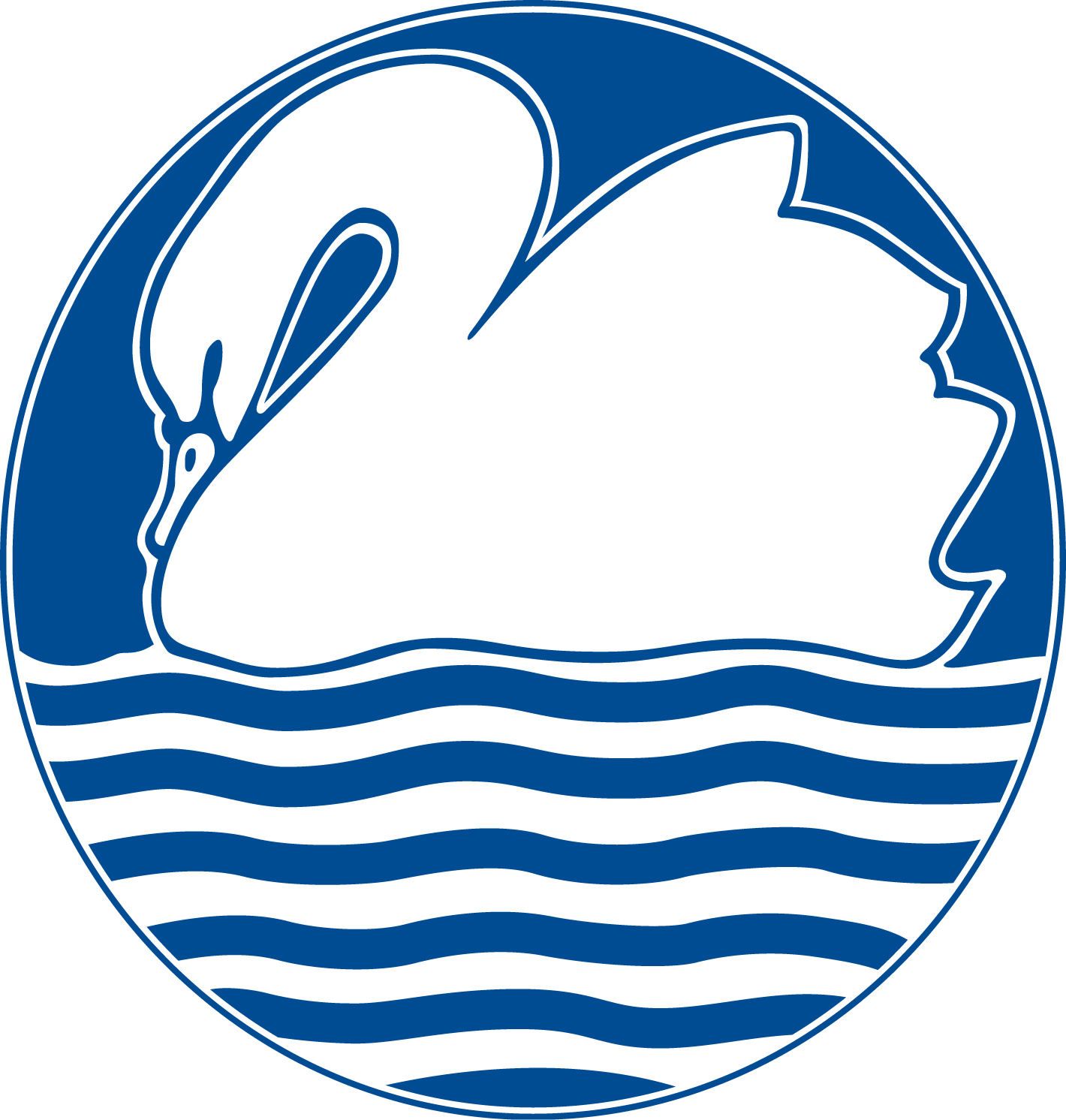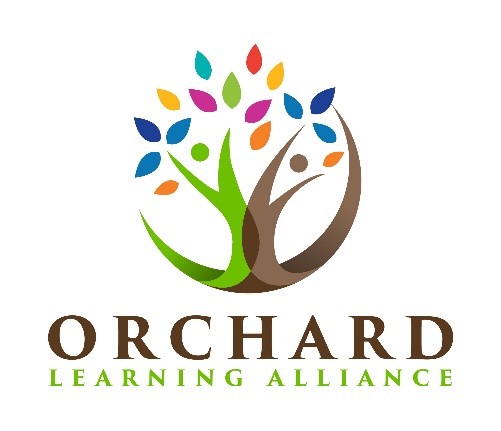Maths
Curriculum intent
At South Lake, we aim to promote high expectations, enjoyment and curiosity in mathematics.
Our key principles:
-
All children to develop confidence to tackle problems and share their ideas.
-
The learning of mathematical skills should be fun, challenging and relevant. We want pupils to love and learn more about maths.
-
We believe mistakes and misconceptions are an essential part of the learning process.
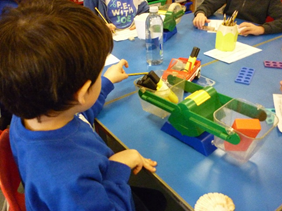
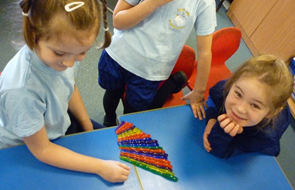
Click here for - The National Curriculum
In the National Curriculum (September 2014), there are three central aims throughout Mathematics:
- Fluency – pupils understand and can apply the fundamentals of mathematics in a variety of situations
- Reasoning – pupils follow a line of enquiry, conjecture ideas, and develop an argument, justification or proof using mathematical language
- Problem solving – pupils apply their skills to a variety of problems, breaking them down into smaller steps and persevering to find a solution.
At South Lake, Fluency, Reasoning and Problem Solving are embedded within each unit across all year groups. We aim to support the development of reasoning and problem solving alongside fluency to ensure challenge and ambition for all pupils.
White Rose Maths Scheme
We use the White Rose scheme of work, which sets out a progression for learning based on the belief that, given the right opportunities, every child can succeed in Maths. This is termed a Mastery approach; rather than rote-learning methods, children develop a deep understanding of mathematical concepts, creating a solid foundation on which to build future learning.
Help for parents
White Rose Maths have teamed up with Michael Underwood, creating a mini-series called ‘Maths with Michael’. Here you will find videos and parents guides, including printable resources, to help you understand how we teach maths and why we use the resources and strategies that we do.
Please go to the White Rose Maths website, where you will find the link under the parent tab, or you can follow this link
Maths with Michael | Michael Underwood | White Rose Maths
Units of work
Maths is taught in units, to help support pupils to be able to perform simpler tasks so they can then move on to perform more complex tasks. (For example, we cannot expect pupils to add two numbers together before they understand what each individual number represents.)
Across the school the different units are:
|
Number |
Measurement |
Geometry |
Statistics |
|
Place Value Addition and subtraction Multiplication and division Fractions Decimals Percentages Algebra Ratio |
Money Length, height, perimeter, area Weight, mass Time Capacity, volume Temperature Converting units |
Shape
Properties of shape
Position and direction |
|
Click on the links below to see the order the units are taught in each year group
Within each of these units there are ‘small steps’ which are again sequenced in order of difficulty and dependency.
Lessons
During lessons children will practise
- Key Instant Recall Facts (KIRFs). These are designed to support the development of the mental skills that underpin much of the mathematics work in school. They are particularly useful when calculating (adding, subtracting, multiplying or dividing)
Key Instant Recall Facts (KIRF’s)
By the end of each half term, children should know the following facts. The aim is for them to recall these facts instantly.
|
|
Reception |
Year 1 |
Year 2 |
Year 3 |
Year 4 |
|
Autumn 1 |
Say the number names in order to 5, then 10
|
Know number bonds to 10. |
Know all number bonds for 20.
|
Know multiplication and division facts for 2x, 5x, 10x table.
|
Know multiplication and division facts for 7x table.
|
|
Autumn 2 |
Recognise the quantity of a set of objects to 5
|
Recite the number names in order to 50 and beyond.
|
I know doubles and halves of numbers to 20
|
Know multiplication and division facts for 4x table.
|
Know multiplication and division facts for 11x table.
|
|
Spring 1 |
Be able to partition numbers to 5 into two groups |
Count in 2s to 20
Count in 10s to 100 |
Know all addition and subtraction facts for multiples of 10 to 100.
|
Know multiplication and division facts for 8x table.
|
Know multiplication and division facts for 12x table.
|
|
Spring 2 |
Say what is one more or less than a given number, to 10 | Count in 5s |
Know multiplication and division facts for 2x table.
|
Know multiplication and division facts for 3x table.
|
Recap of all multiplication and division facts |
|
Summer 1 |
Know number bonds for 5 and some for 10 |
Know doubles and halves of numbers to 10. |
Know multiplication and division facts for 10x table.
|
Know multiplication and division facts for 6x table.
|
|
|
Summer 2 |
Say the number names in order to 20 Evens and odds |
Know all addition and subtraction facts for all numbers between 0 and 10. |
Know multiplication and division facts for 5x table.
|
Know multiplication and division facts for 9x table.
|
Begin to find number bonds to 100 |
Years 5 and 6: consolidation of bonds and multiplication/division facts.
- Flashback 4. This is a daily starter activity consisting of one question each from a topic covered last lesson, last week, two or three weeks ago and last term or last year. This is to encourage children to revisit learning and to aid the quick recall of previously taught knowledge and skills.
- Central to our mathematics teaching is the CPA approach (Concrete-Pictorial-Abstract sequence). Manipulatives (or resources) are accessible for all children in every classroom to use as directed or independently. This approach helps pupils understand mathematics and to make connections between different representations.
Concrete: practical resources are used to enable children to explore a concept.
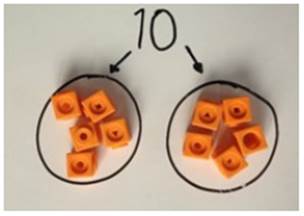 Example: division as sharing
Example: division as sharing
This leads on to pictorial stage, where the children draw representations of the practical method.

This forms a connection between the physical and the abstract, in which symbols are used.

The abstract form is introduced alongside the concrete and pictorial, to ensure the necessary connections are made.
In all lessons, teachers provide opportunities to support and deepen understanding of a concept through questioning, consolidating and variation in learning. Oracy (speaking and listening) is a big part of our mathematical learning environment, and we aim to give children the confidence to talk about how and why they have used certain strategies.


Children are encouraged to use the correct mathematical vocabulary and use sentence stems to help shape their answers and explain their reasoning. Working walls are used to support learning and include key vocabulary and useful strategies.
Examples of Working Walls
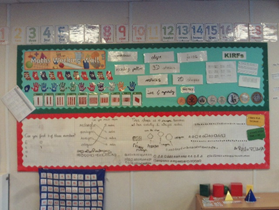
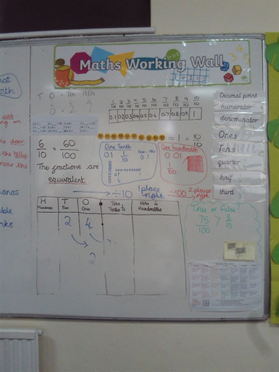
Alongside White Rose Maths, we also follow the Mastering Number Programme for Reception, Year 1 and Year 2. This helps develop pupils’ fluency with and understanding of number to build firm foundations for future success in maths
In KS2 we do daily times table practice. It is important that children develop automaticity in multiplication and division facts as this helps relieve cognitive load and develop pupils’ confidence to achieve success.
Our nursery children follow Master the Curriculum, a scheme which aligns with the Early Years Foundation Stage, Development Matters and also the White Rose Maths framework.
Early Years
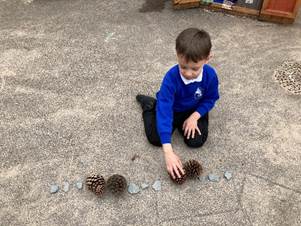
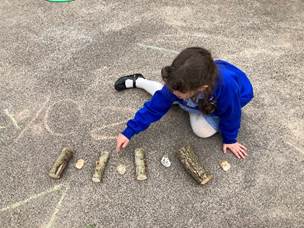
Maths in the Early Years involves short adult-led sessions, group activities and games that support the development of early number strategies. Alongside this, children are given opportunities to follow their own interests through play, supported by EYFS practitioners to move forward in their learning and develop a lifelong love of maths.
There is a strong emphasis on deepening understanding, building the number sense of smaller numbers before extending to larger numbers. Children work with real-life objects as well as a wide variety of maths resources, finding different ways to represent numbers. They are introduced to mathematical vocabulary and encouraged to develop their mathematical thinking and talk.
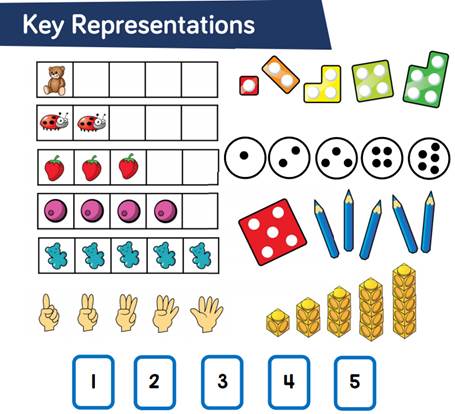
Getting the balance right
‘Direct teaching may be necessary, but effective early mathematics teaching strategies are playful, not formal, so that all children become cheerful, not fearful mathematicians.’
Gifford, S. (2018)
The importance of addressing misconceptions
When planning and teaching the different units, teachers include many examples of where pupils could go wrong, challenging the pupils to spot these misconceptions and explain why it is wrong and how it can be corrected. Addressing these misconceptions is vital in aiding children’s understanding and helping them become more successful mathematicians.
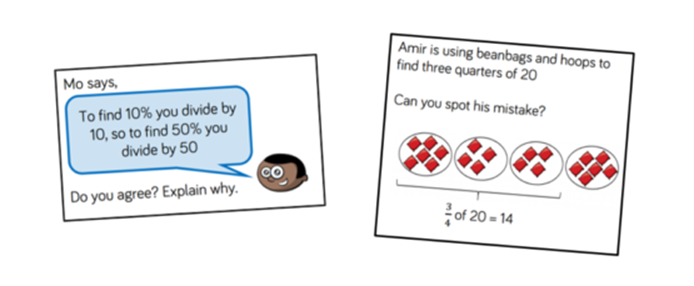
The importance of a positive attitude
It is important for all adults working with children to demonstrate a positive attitude towards maths, encouraging to children to have a go, persevere and embrace new challenges.
Helping your child at home
1-minute Maths is a free app to help children build greater number confidence and fluency. Click here 1-minute Maths to see details about how to download the free app.
Click here for -Topmarks
Click here for Times tables games - Learn them all here!
Below are many different activities you can try with your child at home.
Here are links to:
- Maths Policy
- Calculation Policy
- Vocabulary Expectations
- Maths activities to do at home
